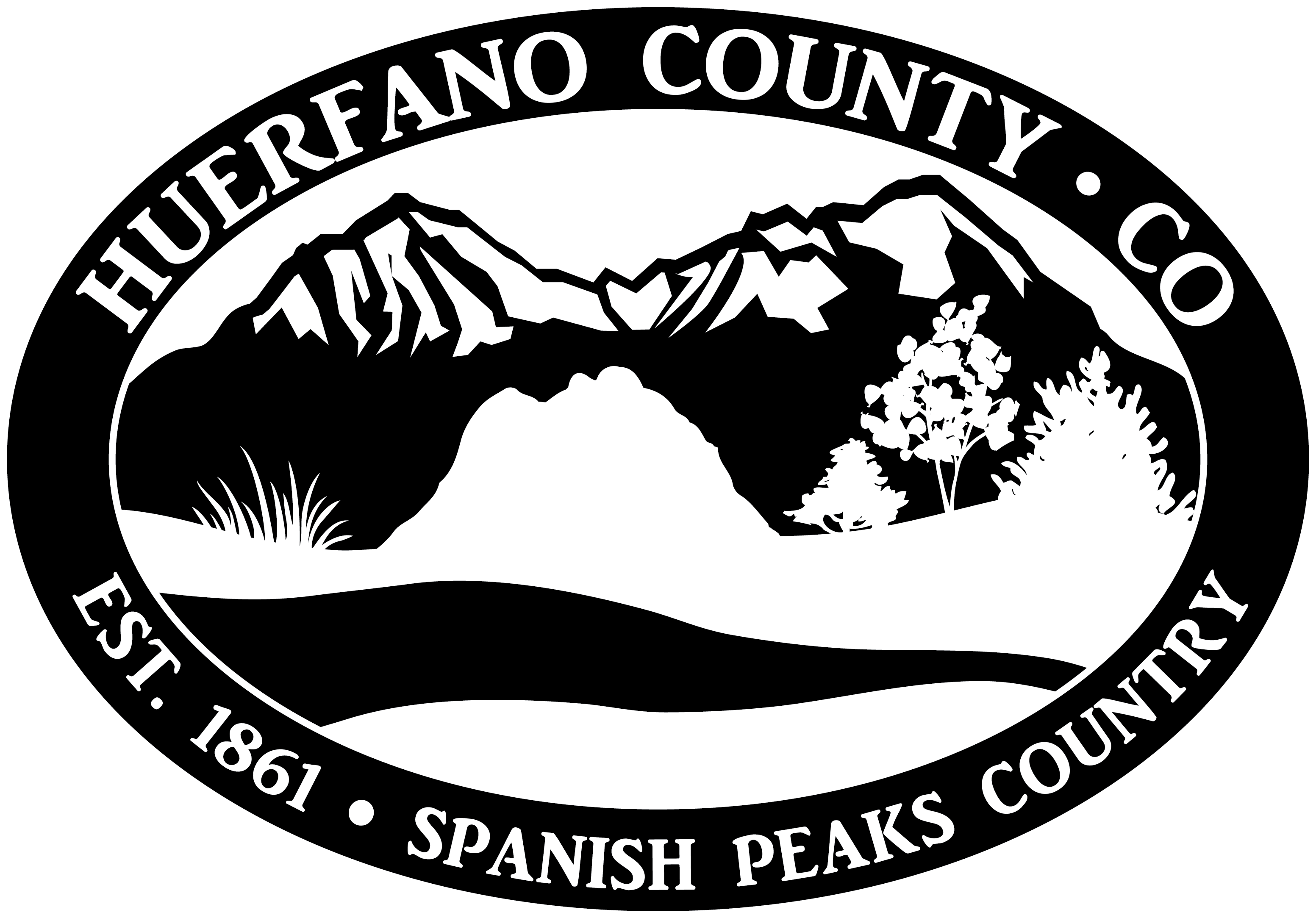Article by Charles Bryant, County Noxious Weed Manager
This native perennial in the Fabaceae family is perhaps the most infamous plant of the southwest. O.sericea is commonly known as white locoweed while O.lambertii is called purple locoweed due to the obvious coloration of their flowers. Plants contain the alkaloid toxin swainsonine which causes a condition known as locoism in livestock\wildlife after prolonged ingestion. The chronic neurological damage caused by this toxin includes loss of coordination, depression, blindness, emaciation, deterioration of the coat, seizures and death.
While these effects are alarming, livestock and wildlife will generally avoid the consumption of locoweeds when other desirable forms of forage are available, though animals that ingest high enough amounts often develop a propensity towards grazing on it.
Being a native plant, most public weed managers nowadays forego treating this species. However, the infamous locoweed was the first “weed” that Colorado implemented control regulations for back in the 1880’s, though these laws were shockingly absurd to put it kindly and were repealed after a short period. Read about the insanity below….
One of Colorado’s Most Loco Laws
When we think of bounties in the frontier days of Colorado, most envision spur-clad outlaws, wanted dead or alive posters and men atop horses exchanging shots from six-shooters. What many may not realize is that the genesis of Colorado’s weed control efforts (though severely mistaken at the time) were based upon a bounty system. Case in point, the loco “Loco or Poison Weed Act of 1881”. At the time of enactment, Colorado had been a state for less than five years and was the epitome of the “Old West”, with the livestock industry being one of the primary drivers of the newly formed state’s economy. Unlike today, there was little appreciation as it relates to the vital role that native plants like the infamous loco weed play in our native ecosystems. Though reports detailing the deleterious effects of our modern day non-native enemies like Canada thistle were found in territorial newspapers that predate our statehood by more than a decade, our Colorado legislators in 1881 were preoccupied with our native Oxytropis species.
The 1881 “Loco or Poison Weed Act” allowed citizens to “dig up not less than three inches below the surface of the ground any “loco” or poison weed during the months of May, June or July and shall receive a premium of one-half cents per pound for each pound of such weed dug up, to be paid out of the state treasury as hereinafter provided; provided, that such weed shall not be weighed in a green state, but shall be thoroughly dry when weighed”.
The Act went on further to describe how the loco weed bounty hunters of the state were to deliver their dried loads of loco weed to their county clerk within two months of their digging. Upon delivery to the clerk of the county where the weeds were gathered, the clerk was to weigh the load and require those seeking reimbursement to sign an oath stating: “I do solemnly swear that the weed here produced by me this day is ‘loco’ or poisonous weed of X amount of pounds, dug up by me within two months last past.” Upon the recitation of this somber oath the county clerk was to “forthwith destroy such weed by burning” and issue a certificate for payment that was to be paid by the county, with the county later being reimbursed from the state treasury after their submission of an annual report that detailed the amount of loco weed gathered and to whom bounties were paid.
By 1885 it became glaringly apparent that the loco weed bounty program was unsustainable to say the least and rife with fraud. The February 12th, 1885 edition of the Rocky Mountain News[i] lambasted the “loco industry” and pointed out the handsome sum of $8,727.27 that had been paid out in one month alone to El Paso County, equivalent to over $283,333 in today’s dollars. The coverage went on to question how over half a million pounds could be collected in El Paso county in a month, going on to illustrate how the monthly loco weed bounty expenditures for El Paso County were on par with the total monthly operating cost of the Colorado State Penitentiary. It was only six days after this scathing review that Colorado legislator Rep. Abraham Bergh of Park County led the repeal effort and the state finally did away with perhaps one of the most “loco” laws to ever be enacted in Colorado[ii].
[i] https://www.coloradohistoricnewspapers.org/?a=d&d=RMD18850212-01.2.24
[ii] Colorado General Assembly, “To repeal chapter sixty-seven, of the General Statutes of the state of Colorado, entitled “An act to be entitled and act concerning loco or poison weed,” approved March 14th, 1881.” (1885). Session Laws 1861-1900. 1788. https://scholar.law.colorado.edu/session-laws-1861-1900/1788




